Macro Photographer Ben Salb is an OM SYSTEM Ambassador whose passion for photography lies in the small details of the natural world. The Maryland-based photographer specializes in high magnification insect and spider photography, often finding his subjects close to home in the lush woods of the United States’ eastern coast.
Full disclosure: This article was brought to you by OM SYSTEM Cameras
At a Glance
Photographer Ben Salb did not grow up around photography. However, when his sister became a successful wedding and portrait photographer, Salb took an interest in her new career. “Before I joined the United States Navy, I came to appreciate how my sister was able to find these incredible details in her wedding and portrait photography,” Salb tells PetaPixel. “As a detail oriented person, I was fascinated at how the camera became a tool to see those small details hidden in the bigger picture.”
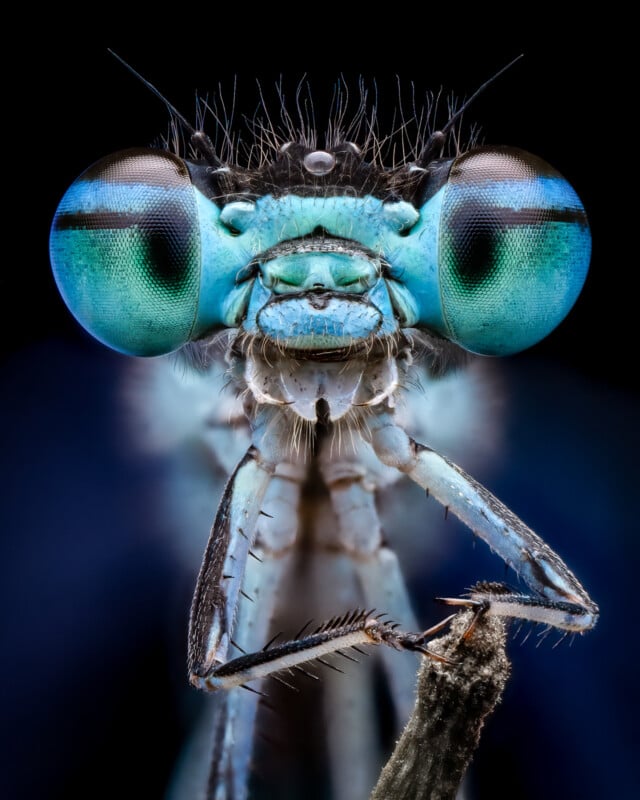
After using an entry level DSLR to document his travels in the Navy, Salb returned home shortly before the Covid-19 pandemic shut down much of the world. “There was nowhere to go, and nothing to photograph,” he says. “Like most people, I started to get a bit stir crazy, so I unpacked some old macro photography extension tubes that I had. I just started walking around my backyard and was enthralled by the scenes and the details that laid mostly out of sight. I was addicted right away.”
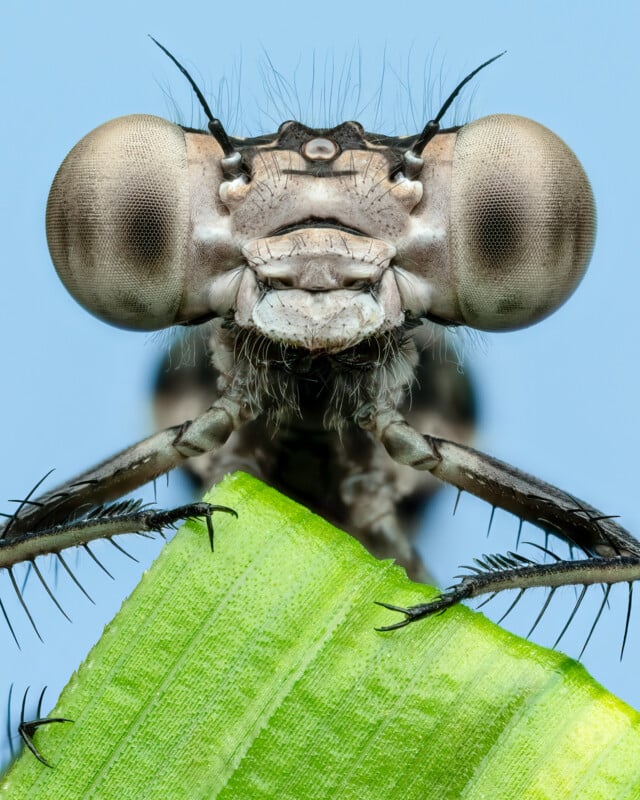
While Salb started photographing flowers, he quickly gravitated towards the living macro world. “The flowers gave me some great practice for getting comfortable with macro photography, however, I really fell in love with photographing bugs and spiders,” he explains. “To me, insects and spiders were more challenging, and rewarding, subjects.”
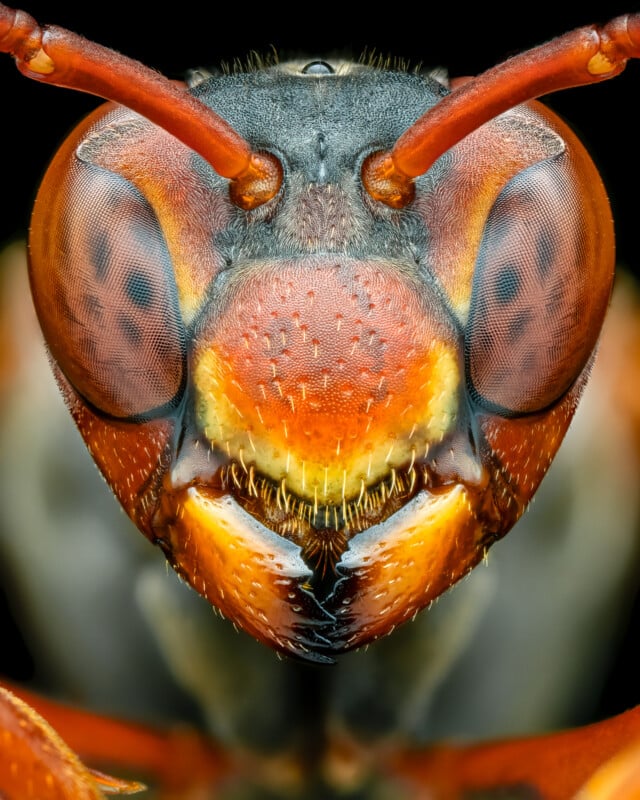
Within a year of starting his macro photography journey, Salb had made virtual friends with many of his peers. “For me, the community that I found, almost instantly, inspired me to photograph even more. We would share images and stories with each other, and at the time when the world was shut down, it was great to make new friends who I had something in common with.”
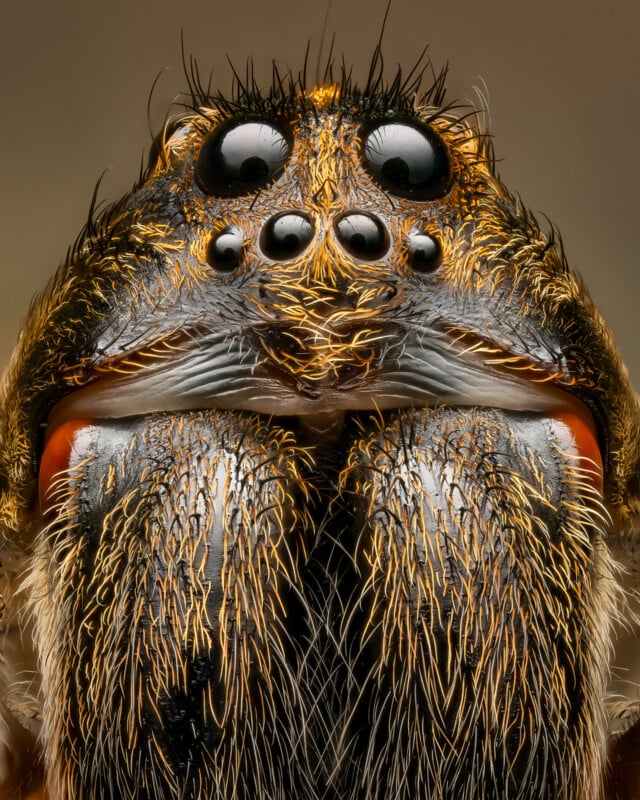
One thing that he immediately noticed about his peers was that many of them were photographing with Olympus camera systems (now OM SYSTEM). “They were talking about focus bracketing and greater perceived magnification, so I decided to give it a try with a used EM-1 Mark II and M.Zuiko ED 60mm f2.8 Macro. I noticed a massive increase in success rate and ease of use for macro photography and from that day on, I have never looked back.”
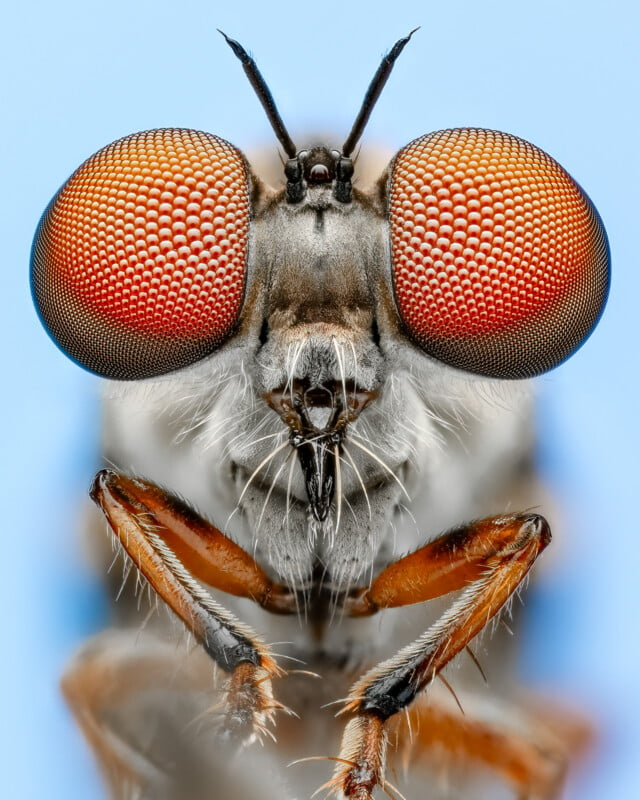
Even though his macro photography career is young, Salb has attracted the attention of photography brands and media publications. He is an OM SYSTEM Ambassador and has had his living invertebrate portraits appear in publications such as Smithsonian Magazine, Amateur Photographer, Forbes, and The Guardian. He shares with PetaPixel his favorite tips that will help photographers take better macro photographs of insects and bugs.
Find Macro Wildlife During Periods of Inactivity
For Salb, this is one of the most important aspects of being a macro wildlife photographer, especially as it relates to ethics. “Ethically, you cannot make a subject stay still,” Salb explains. “In the past, before photography equipment was as powerful as it is today, it was much harder to get macro photographs of wildlife. This meant that some photographers would even kill or freeze their subjects in order to photograph them.”
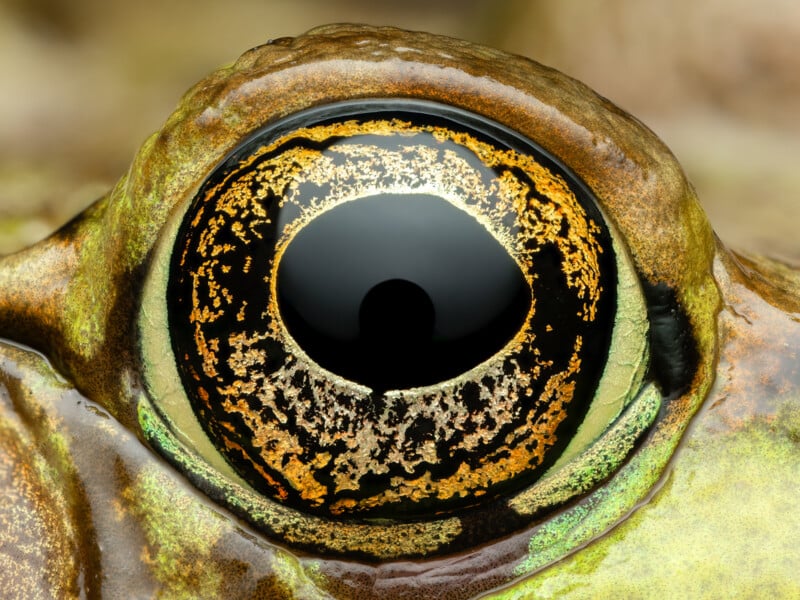
Instead, Salb relies on a subject’s period of inactivity. “Early in the morning or shortly after sunset are my best times for macro wildlife photography,” he says. “Before and after sunrise, most insects and bugs are in a very lethargic state. Their biology doesn’t allow them to just hop out of bed like we do. Their bodies need time to warm up and wake up. Capturing subjects at this time makes it possible to take your time with them. This allows you to find the composition that you want and you could even add some leaves to the foreground or background to make the scene more dramatic.”
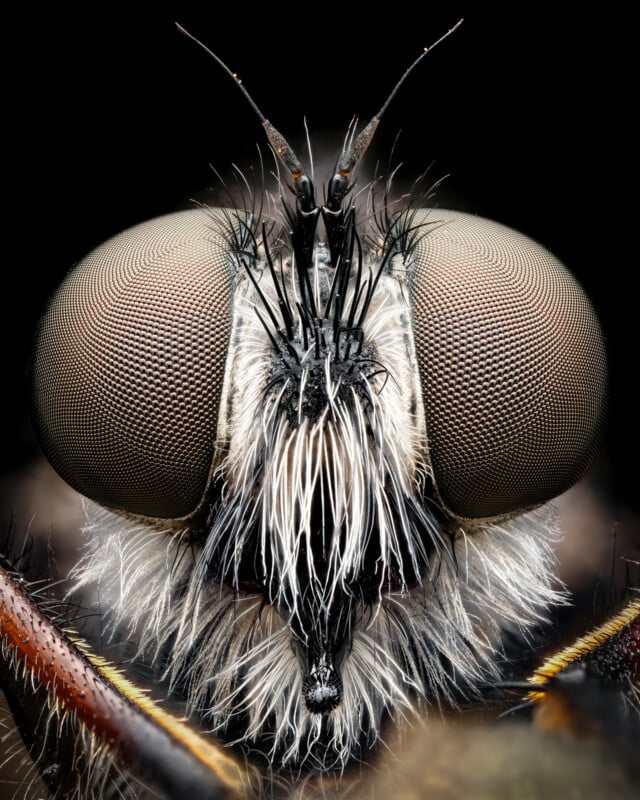
Salb explains that photographing bugs and insects in their sleep state also allows you to perform longer photography operations. “These colder, quieter times of day are when I am usually using my OM-1 Mark II for high frame focus brackets, sometimes over 150 frames. But it also opens the door for other features like High Res Shot Mode.”
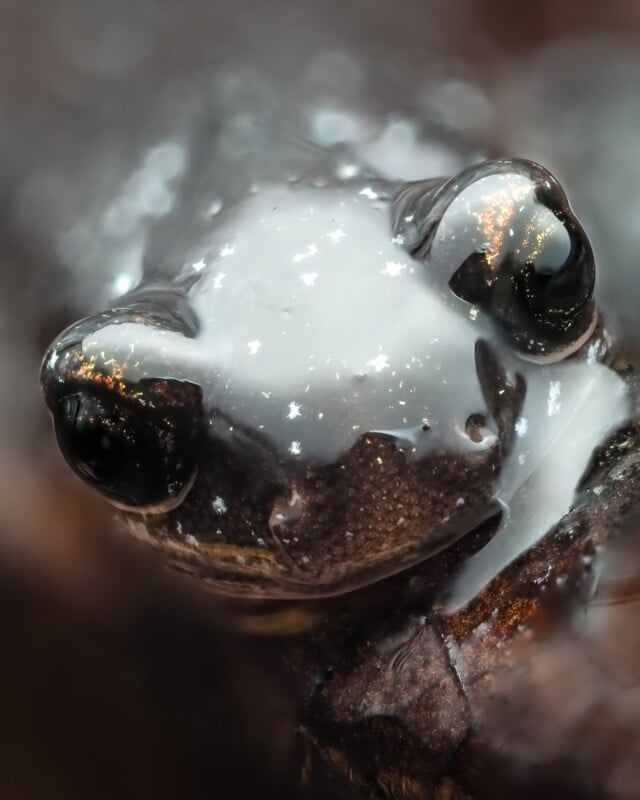
In the OM-1 Mark II’s High Res Shot Mode, the camera’s sensor is shifted in half pixel increments, over multiple exposures, and then combined in camera into a single high resolution image, with less noise, greater dynamic range and color information.

In addition to High Res Shot Mode, Salb takes explains that you can take advantage of a subject’s still demeanor to try the Focus Stacking feature. With focus stacking, OM SYSTEM cameras will shoot a set number of photos at the selected focus differential and then merge them into one jpeg file at full resolution. Salb usually captures more than the 15 frames Focus Stacking on the OM-1 MKII allows, but it’s a great feature for those looking to get more depth of field without having to process the images in post.
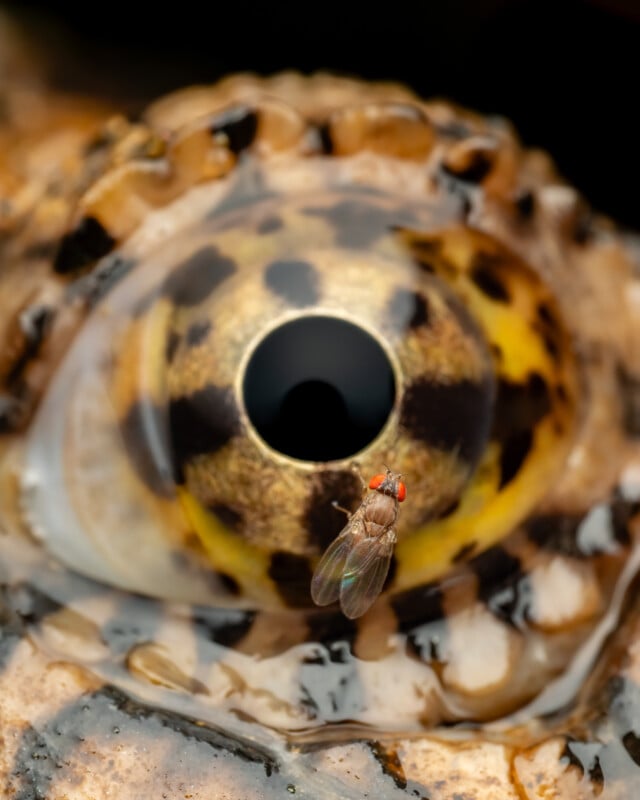
Salb says that if you have limited time and can’t photograph bugs and insects during the early morning and evenings, he still recommends getting outside and looking. “While my chances to use focus bracketing and some of the camera’s other features are more limited in the middle of the day, I still often find a lot of subjects to photograph. However, most of my shots during that time are single shot exposures. Doing simple single shots allows me to photograph the subject in that brief window before it might fly or jump away.”
Use a Headlamp or Flashlight
Being that Salb says the best time to start looking for insects and bugs to photograph is when it is still dark, a headlamp or flashlight is critical to finding the best subjects. “For me, a light makes me really focus on the one spot that I have the light trained on,” he describes. “During daylight hours, your eyes and your brain are so overwhelmed with objects to look at, it’s easy to miss something small that is right in front of you. When it’s dark and you use a light, however, it forces your brain to really look at the illuminated area.”
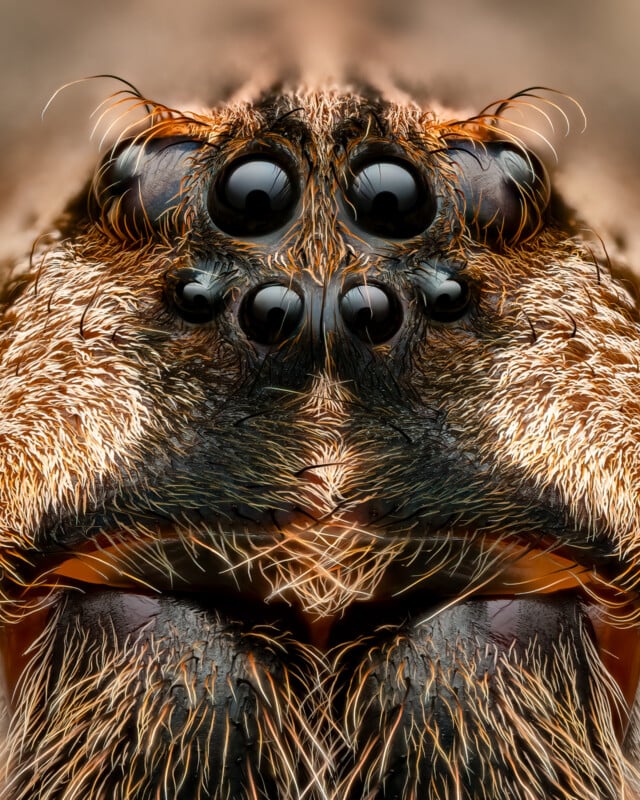
Salb goes on to describe that a light will also create silhouettes of bugs and insects that might usually camouflage themselves with their surroundings. “I can’t count how many subjects I have found by seeing their silhouette first,” he describes. “Sometimes you will just see a black figure that has a distinct shape. You might not know what it is at first, but once you investigate, you will see that the silhouette test works much more often than you might think.”
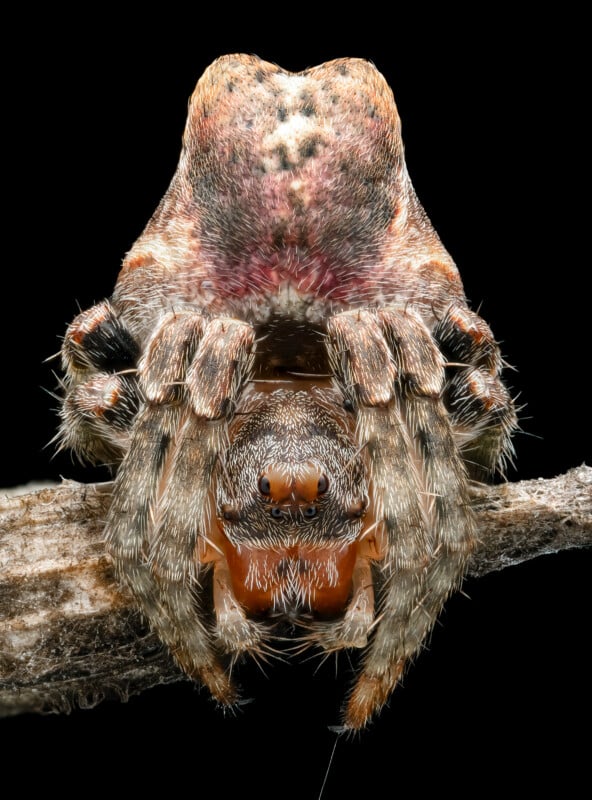
The photographer describes one species that the flashlight is ideal for finding: arachnids. “I have been able to spot wolf spiders from 40 or more yards away with my trusty headlamp. It’s pretty incredible how much they glimmer in a beam of light.”
Know the Difference Between a Good or Bad Macro Opportunity
Just because you find an interesting macro wildlife subject doesn’t mean that it’s worth photographing, Salb says. “When I first started photographing macro subjects, I would chase anything that I could see. Usually, that was during the day, so there was a lot to chase. Like I said before, if you are just after quick, single shot exposures, then you might get lucky. However, for the most detailed macro wildlife photos, you really need to be using a focus bracketing method. The simple fact is that most insects, bugs, and arachnids are not on a flat plane. This means that there is a distance between the front of the animal and the back. Even if you just want to get the animal’s face in focus, the incredible shallow depth of field that macro photography generates makes that difficult.”
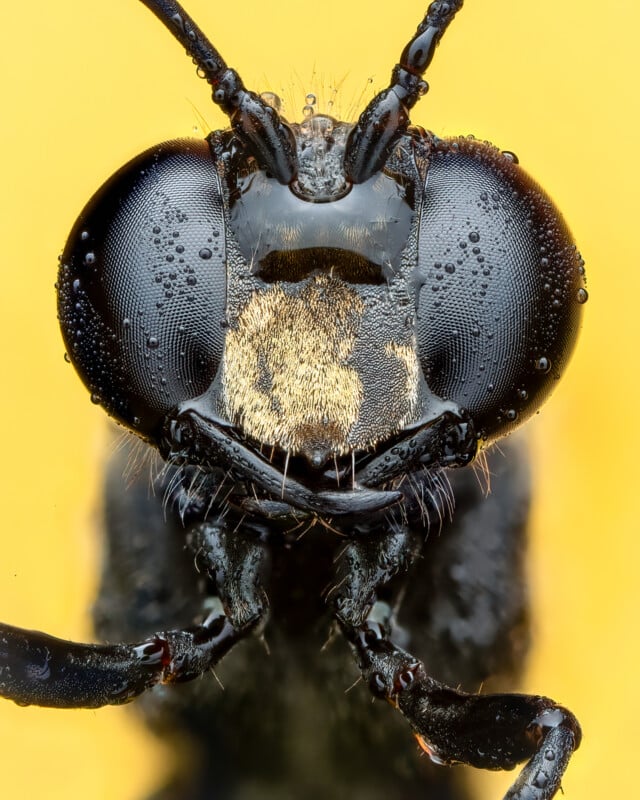
With OM SYSTEM camera’s built in focus stacking software, the photographer does not need to use a third party program in post-processing to stack the images, as up to 15 images will be automatically stacked in camera. The photographer does have the option to generate even more photos that cover a deeper field of focus using the built-in Focus Bracketing tool, however, they will need to use a third-party software such as Adobe Photoshop to stack the images.
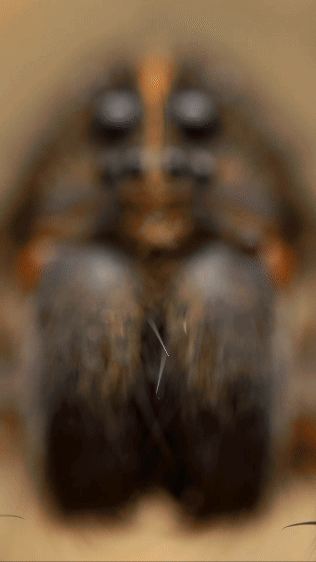
Salb continues to explain that even taking higher magnification photos, where the lens is closer to the subject, can prove troublesome with an active subject. “Even when shooting in the dark, you can get subjects that are highly active,” he describes. “Photographing at night or in the early morning isn’t a guaranteed recipe for success, however, it will maximize your chances of getting inactive subjects. So when you do get an active subject in the prime shooting window, it is important to recognize that your time might be better suited searching for a less active subject.”
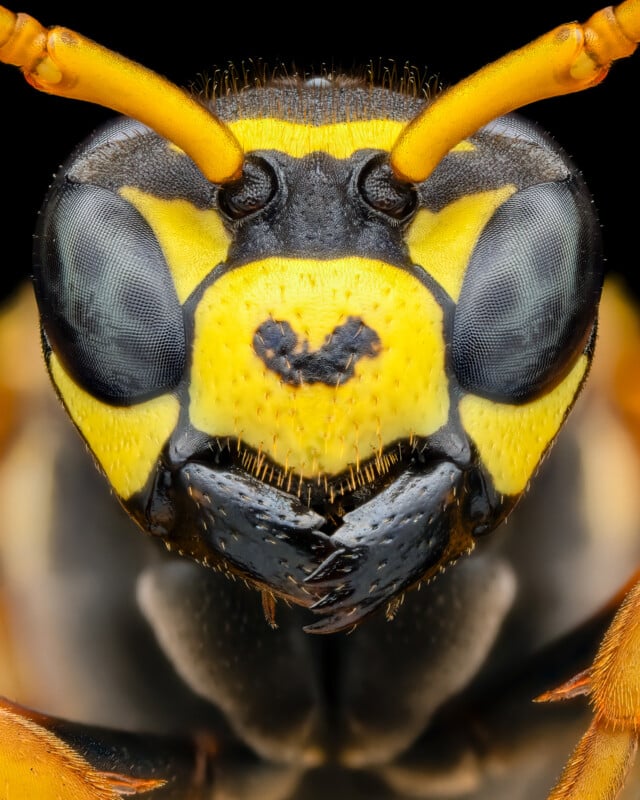
Even if they appear still, active ladybugs will often move their antennas constantly. “While it seems miniscule, it simply will not work if you are trying to focus bracket or stack images. The moving antenna causes slight movements throughout the ladybug’s face and body, making it near impossible to merge the images together.”
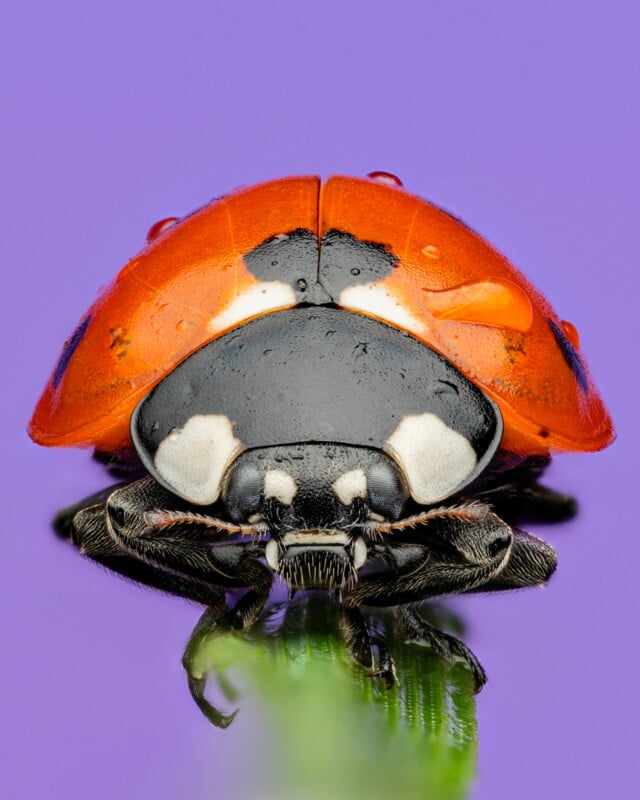
Salb explains that if a photographer is out to capture a high percentage of usable photos, macro wildlife photography is not the genre to practice. “Even with all of the years of experience that I have, my ‘keep’ rate of photos is still pretty low. This type of photography is not easy, and it takes a lot of practice, patience, and luck. With an already low ‘keep’ rate, why would I waste time on a subject that isn’t completely inactive? The secret to capturing dynamic macro wildlife photos is to increase the amount of encounters you have with inactive subjects”
The Closer You Get, the More Light You Need
Salb explains that the simple physics of increasing magnification with macro photography, the more light you will need. “This is the reason that I moved away from natural light macro photography pretty early on,” he explains. “At this magnification, especially in challenging light environments, using supplemental lighting is critical.”
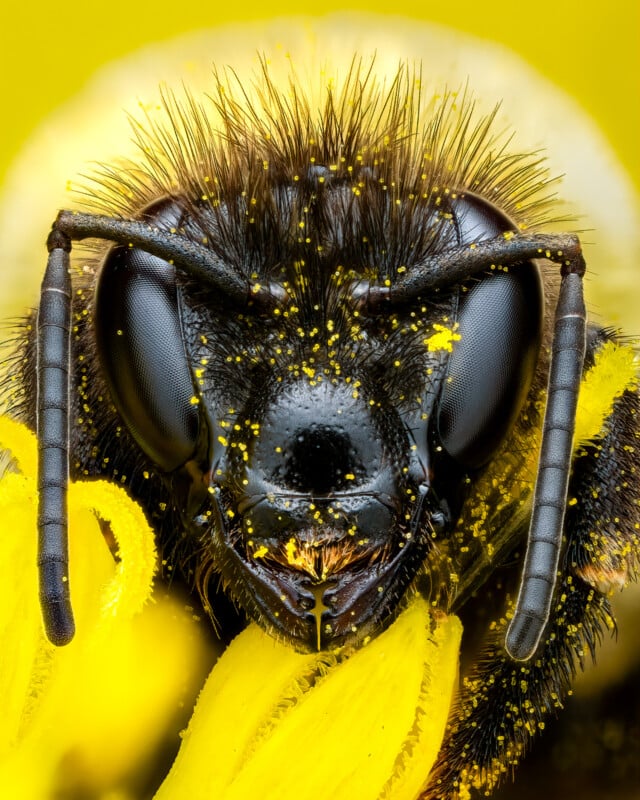
Not any supplemental light will do, however, Salb says. “It cannot just be any bright light, because bright light will create a high contrast image, which can look extremely ‘crunchy.’ The light needs to be diffused, which will create a soft, evenly lit look on your subject.”
He describes that the process of finding your macro lighting setup is a fun and rewarding process. And sometimes, the best solutions are also the least expensive. “I know some very highly respected macro photographers who just use a piece of printer paper to diffuse their flash, and they get incredible results.”
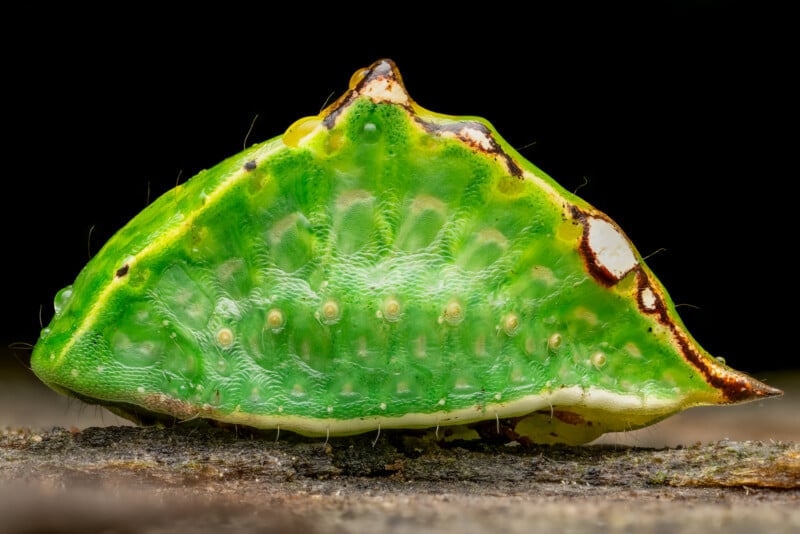
“It wasn’t until I figured out that soft light is the key to a good macro photo that I felt I made it to the next level. It takes a lot of trial and error to find the setup that works for you, however, it’s a pretty fun and exciting process.”
Image Stabilization is a Macro Photographer’s Best Friend
Photography technology has made countless advancements over the decades, however, the most impressive might be in-camera image stabilization. The OM-1 Mark II has up to 8.5EV steps of image stabilization via an in-body 5-axis image stabilizer. This stabilization is so powerful, that it even works with the in-camera conceptual photography features, such as focus stacking.
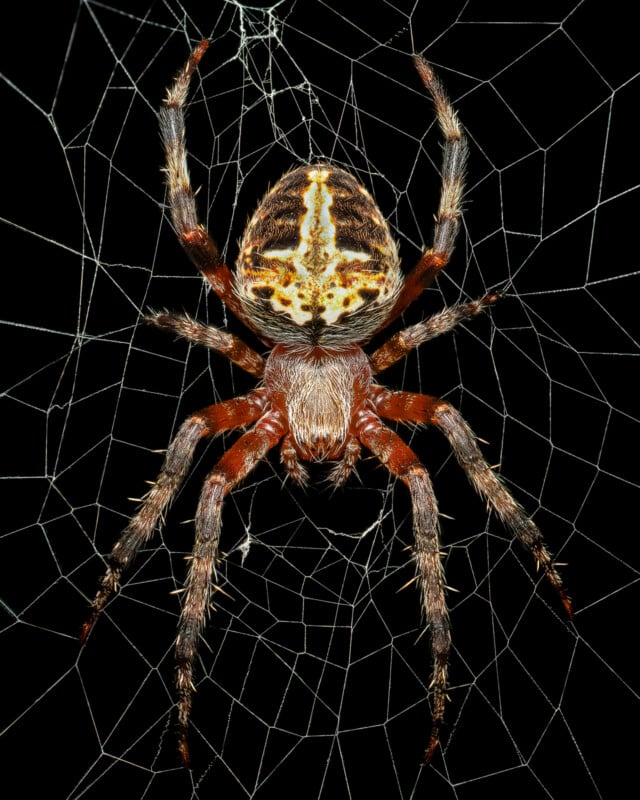
“The term ‘game-changer’ gets thrown around a lot these days, but if there is one thing that I can say with absolute certainty is a game-changer, it’s the OM SYSTEM image stabilization,” Salb describes. “Carrying a heavy tripod around the woods while looking for tiny bugs and insects does not sound fun, and even if it wasn’t that bad, it takes a lot of time to set up, which goes against my goal of creating as many photography opportunities with as many subjects as I can in the limited time that I have.”
As Salb has described, learning how to focus stack, whether in the OM SYSTEM camera body or using third party software, is critical to capturing dynamic images of macro wildlife. “The fact that I can focus stack a tiny insect with my M.Zuiko Digital ED 90mm F3.5 Macro IS PRO, in the dark, without a tripod, is incredible,” he exclaims. “I can say with full confidence, most of the images in my portfolio or on my Instagram could never have been captured without this incredible image stabilization.”
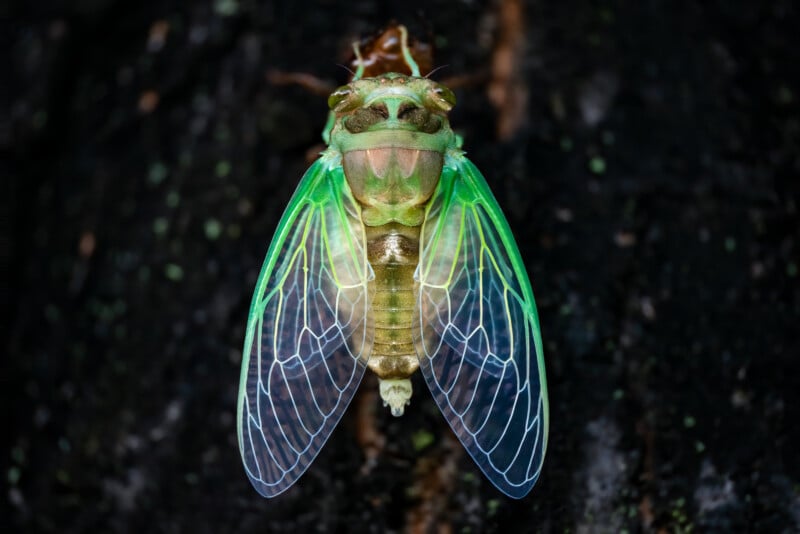
“With the type of photography that I do, you have to be quick and mobile,” he concludes. “You don’t have a lot of time when the opportunities present themselves, so you have to be able to shoot on the fly, adjust on the fly, and change your composition on the fly. The last thing you want to have to worry about is stabilizing yourself, and luckily for us, in this day and age, we have these incredible camera systems that do all the hard work of stabilizing for us.”
With Focus Bracketing, Less Can be More
When Salb began his macro photography journey, he tended to avoid focus bracketing and stacking due to the complexity of the processing. “I would often try to stack 30 or 40 images, and I wasn’t very proficient in the editing tools, so everything needed to line up absolutely perfectly for me to get a usable focus stacked image,” he says. “Not to mention the amount of time that the process would take. Quite simply: it wasn’t fun, so I found myself avoiding it, and my growth as a macro wildlife photographer suffered because of it.”
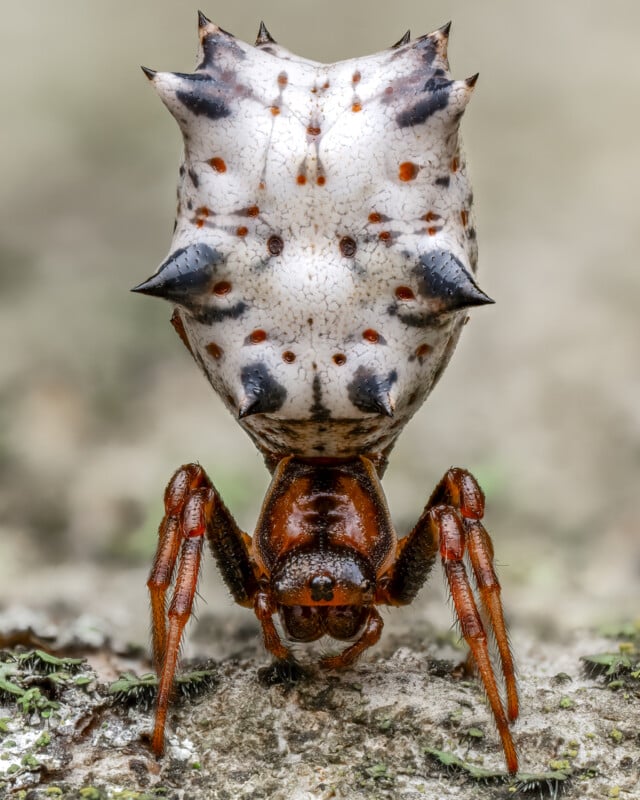
As Salb describes, the higher the magnification (or the closer the lens is to the subject), the more frames are needed to cover the subject, since the depth of field is more shallow at higher magnification. With that, the more frames that are needed, the more editing needs to be done.
“That isn’t just because there are more photos that you need to manually stack,” Salb explains, “it’s because being in that close, there are a lot of intersecting details. It could be a hair in front of an eye, or just general artifacts and ghosting that occurs at that high magnification. I found that capturing more images led to countless spent hours editing, and the end result was usually the same as if I had backed off a bit, taken less photos for the focus bracketing, and cropped in a bit in post.”
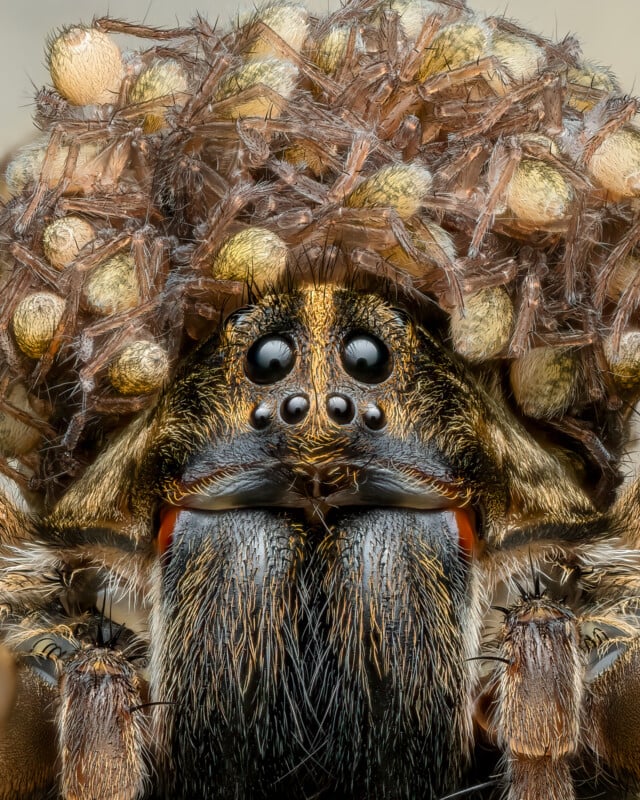
Salb goes on to explain this is the main reason why many macro wildlife photographers leave the hard work of focus stacking to their OM SYSTEM OM-1 Mark II cameras. “I have found that, in many situations, some of my peers do not need to focus stack more than 15 images. They tell me that changing their mindset has led to an increase of their success rate, as sometimes too much detail does not translate well in the macro wildlife photography world.”
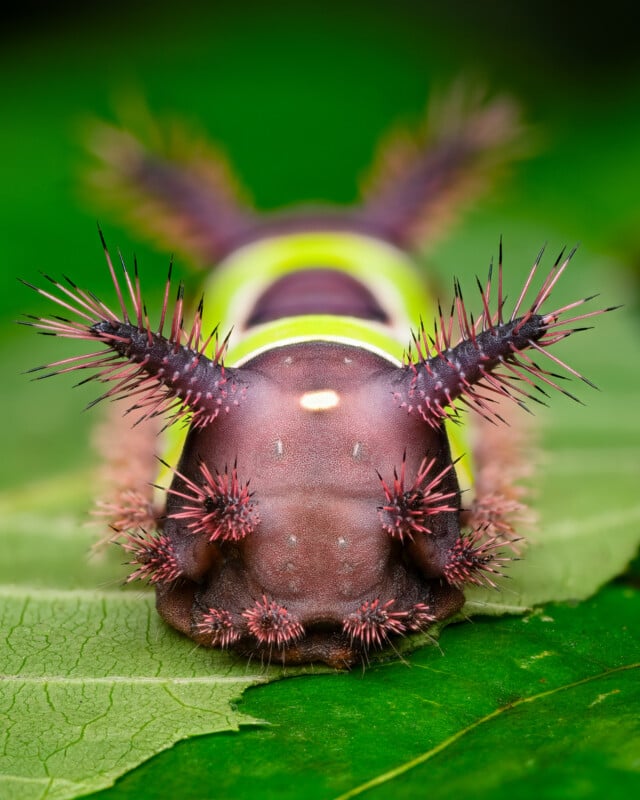
Salb credits the sharpness of the M.Zuiko Digital ED 90mm F3.5 Macro IS PRO with this recent change in his workflow. “That lens is so tack sharp, I have found that even if you aren’t all the way into the highest magnification possible, the detail that it captures is so immense, you really don’t feel like you are losing any image quality or details.”
A Background Card Can Be More Than Just a Pop of Color
Salb describes that, even when shooting with flash in the daytime, the background behind the macro subject can appear dark, if not outright black. “While this is fine for the most part, I like to experiment with my style by adding a colored background,” he says. “Imagine if you were shooting a model in a studio, and you had them against a black background. Sure, that is totally fine, but sometimes using a backdrop of a complimentary color can really make the model pop off the screen. The same applies to insects and bugs. Usually, the macro wildlife is very colorful, so experimenting with different background colors is a lot of fun, but it can also set your work apart from your peers.
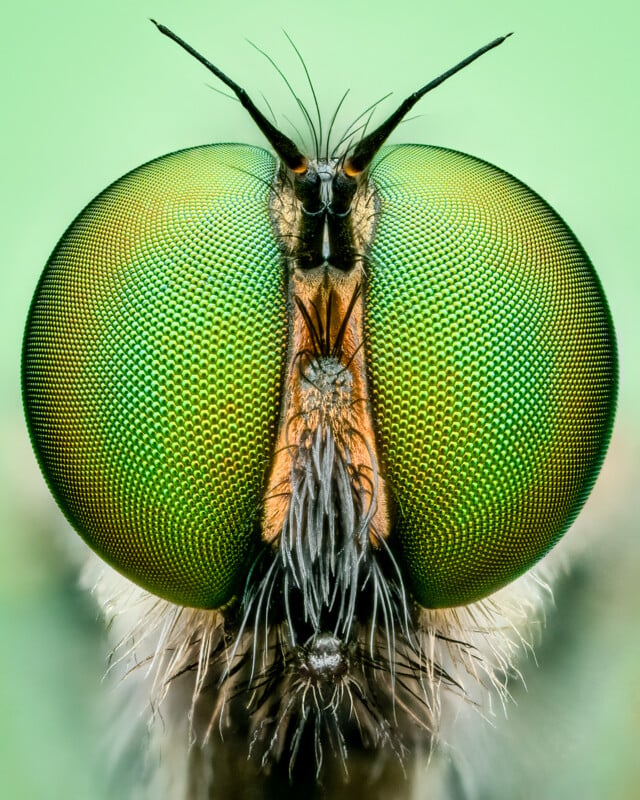
Salb describes that, while he actually uses a dedicated set of colored cards attached to a stick, he has seen some photographers use other items, such as a piece of cloth or a t-shirt.
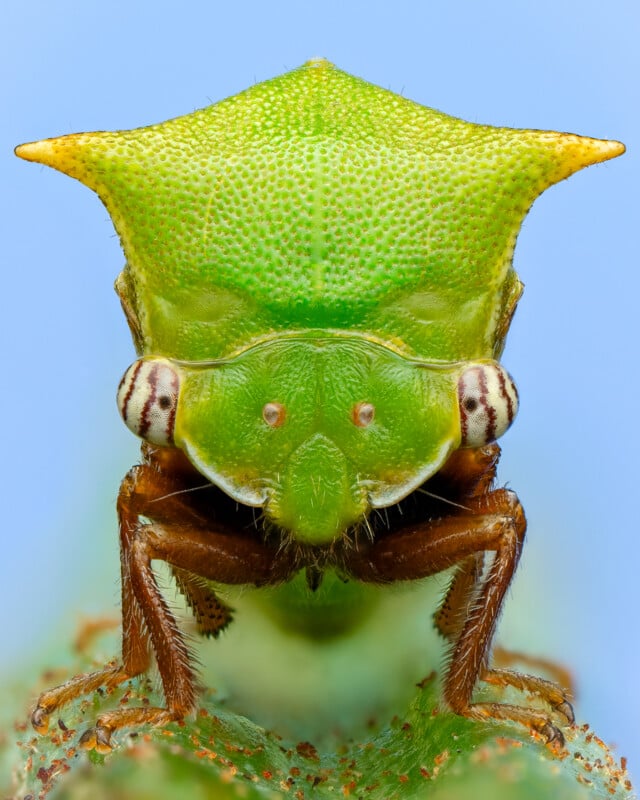
What surprised Salb the most about his addition of colored background cards to his macro photography, was the extra light that it created. “What I found is that the light from my flash bounces off of the background card, and then back to my diffuser, before bouncing back to the card. This bouncing created a nice lighting effect that would help illuminate the subject from all angles, giving me a better overall image. So if I ever feel that I am not getting the light right on a subject, I will add a background card to the scene.”
Most of the Effort in Macro Wildlife Photography is in Post-Processing
“This isn’t easy,” Salb explains in closing. “There is so much to learn about how to find the subjects in the field, and then there is so much to learn about how to properly capture the subjects in the field. But all of that effort still doesn’t add up to the sheer amount of time that post-processing macro wildlife photos takes.”
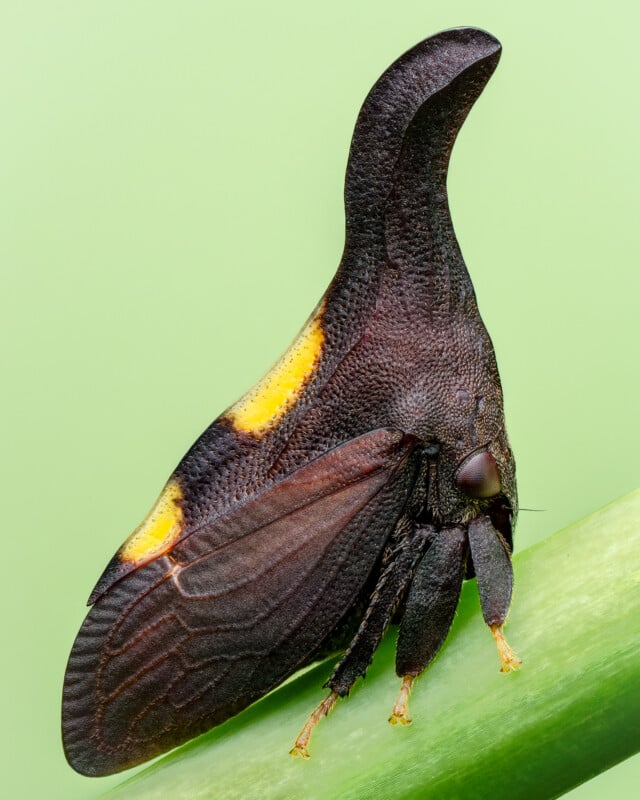
Salb describes that, when you are working with incredibly colorful and textured bugs, insects, and arachnoids there are so many details that can be cleaned up. “I can’t even tell you how many hours I have worked with hair and fur in my career,” he laments. “I worked on a photo of a robber fly recently, which I was creating from 130 stacked images. Once I ran the frames through a software program called Helicon Focus, I realized that much of the fly’s hairs were lost in the stacking process. I just couldn’t let it go, because I knew there were hairs on this fly that were now missing. So I spent an additional two hours at 800% view in Photoshop putting the hairs back into the frame. Truth be told, no one will ever notice these small missing details, however I had to do it, just so I knew I gave it my best effort, and I am sharing an image that is as close to accurate as possible.”
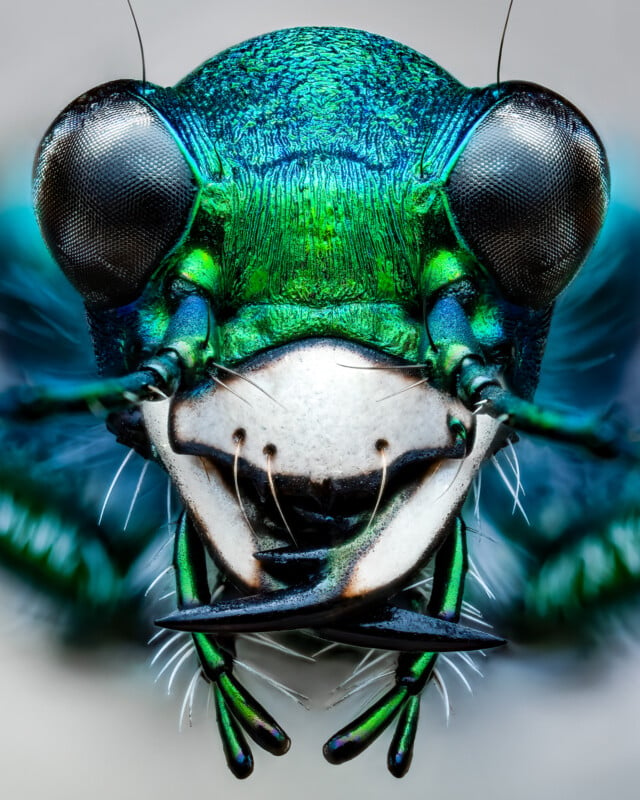
For Salb, macro wildlife photography is a labor of love. “I love this type of photography because I love to be able to showcase these invertebrates in a way that no one has really seen before. That may sound egotistical, but in all honesty, it’s the truth. There are millions of species of bugs, insects, and arachnoids out there. Some have barely been studied, let alone really visually documented at a macro level. Us macro wildlife photographers are giving a face and a personality to these species, that, honestly, a lot of the world’s population is fearful of. To be able to tell their stories, and to educate people about the important roles that these animals play in our ecosystem, makes all of the hard work and long hours worthwhile.”
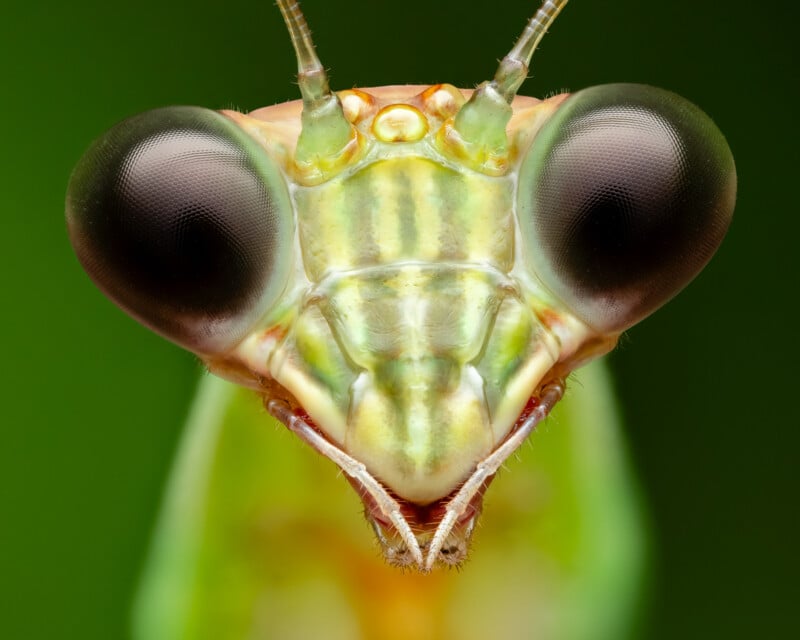
See more from Ben Salb on his website and Instagram.
![]()
Full disclosure: This article was brought to you by OM SYSTEM Cameras
em>Image credits: All photos by Ben Salb
